Tax Tactics: Winter 2016
Tax Tips
Proposed valuation regulations may have a big impact on estate planning
Earlier this year, the IRS and Treasury Department released proposed regulations regarding valuation discounts commonly used for gift and estate tax purposes. The proposed rules are complex, but the bottom line is that most valuation discounts for transfers of minority interests in family limited partnerships and other family-controlled entities will no longer be available 30 days after final regulations are published.
Talk to your advisors about how the proposed regulations will affect your estate planning strategies.
High-income taxpayers can benefit from the AMT sweet spot
The alternative minimum tax (AMT) is a parallel tax system with its own set of tax rates, deductions, credits and exemptions. Each year, you must calculate both your AMT liability and your regular tax liability and pay the higher one. If you find yourself in the AMT system, and your income is high enough, you may be able to take advantage of the AMT “sweet spot.”
The sweet spot is an income range, beginning in the neighborhood of $500,000 for a married couple filing jointly, in which the effective marginal AMT rate drops to 28%. It stays at that level for several hundred thousand dollars until the regular income tax kicks in again at a 39.6% rate. If your income falls in the sweet spot, and you expect your marginal rate to be higher in coming years, consider accelerating some income into this year — by doing a Roth IRA conversion, for example — to take advantage of the lower marginal rate.
Want to reduce 401(k) plan costs? Consider a safe harbor plan
A safe harbor 401(k) plan allows your business to avoid costly nondiscrimination testing and maximize benefits for highly compensated employees (HCEs). Traditional plans must comply with complex nondiscrimination rules that prevent them from favoring HCEs. If you violate these rules, you may have to increase contributions on behalf of non-HCEs or return a portion of HCEs’ salary deferrals to them.
With a safe harbor plan, you avoid the nondiscrimination rules in exchange for making mandatory 100% vested contributions on behalf of non-HCEs. There are two options for making these contributions:
- Nonelective contributions equal to 3% of compensation for all eligible employees, regardless of whether they make elective salary deferrals, or
- Matching contributions equal to 100% of an employee’s first 3% of compensation deferred and 50% of the next 2% deferred.
Without the constraints of the nondiscrimination rules, you’re free to maximize salary deferrals and contributions on behalf of HCEs.
© 2016
This material is generic in nature. Before relying on the material in any important matter, users should note date of publication and carefully evaluate its accuracy, currency, completeness, and relevance for their purposes, and should obtain any appropriate professional advice relevant to their particular circumstances.
Share Post:




